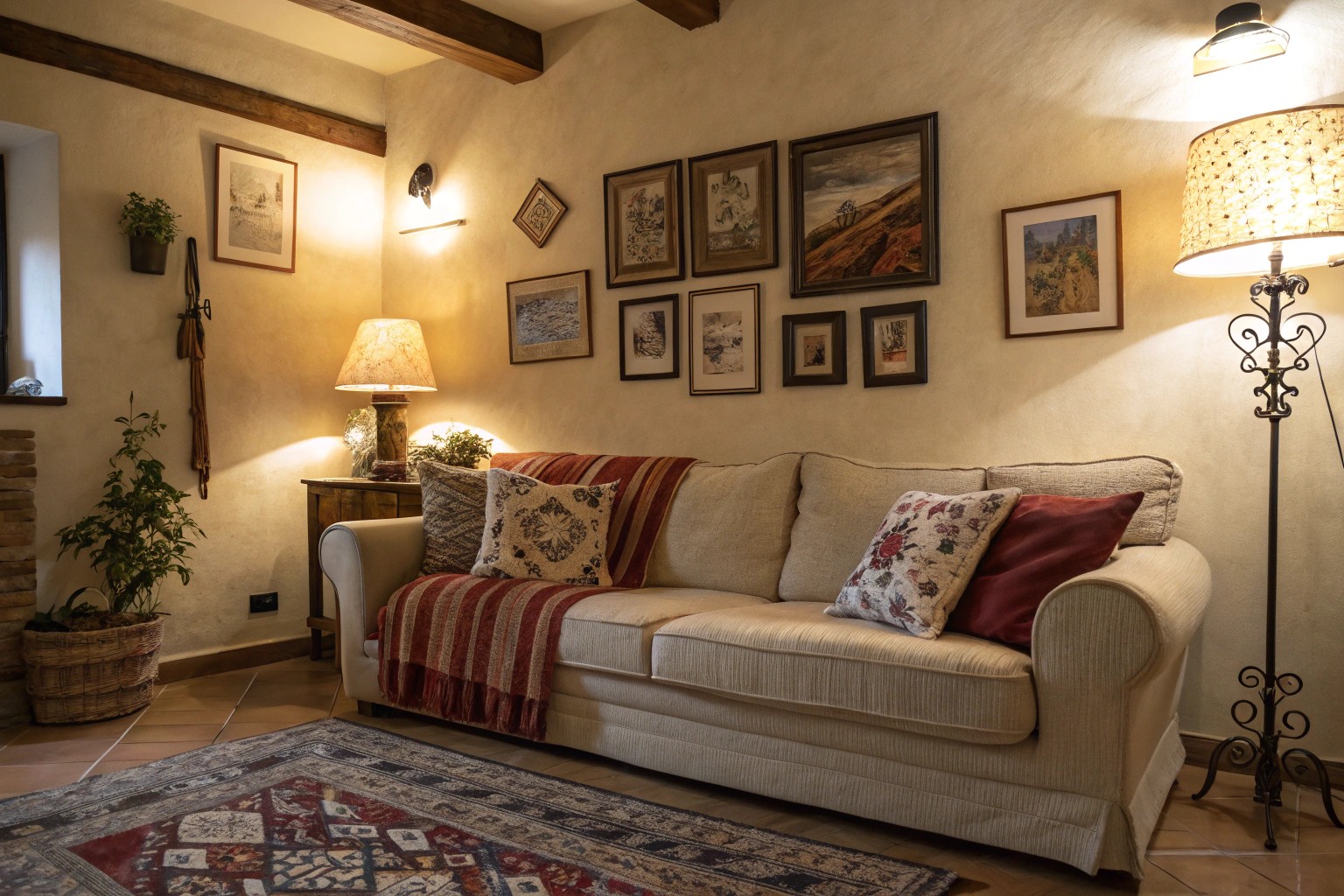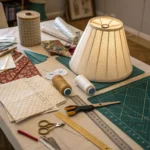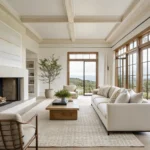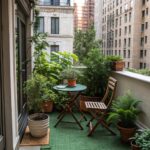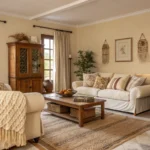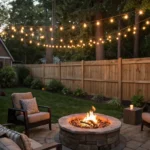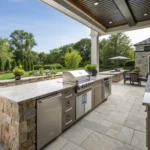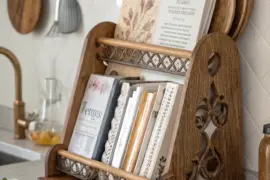The wall space above your sofa represents one of the most impactful design opportunities in your living room, yet it’s often where homeowners make their most costly decorating mistakes. Through years of working with clients on interior layouts, I’ve observed that the difference between a professionally styled living room and an amateur attempt often comes down to understanding the fundamental principles of scale, proportion, and visual anchoring when decorating this prime real estate above the couch.
The Science of Sofa Wall Decoration
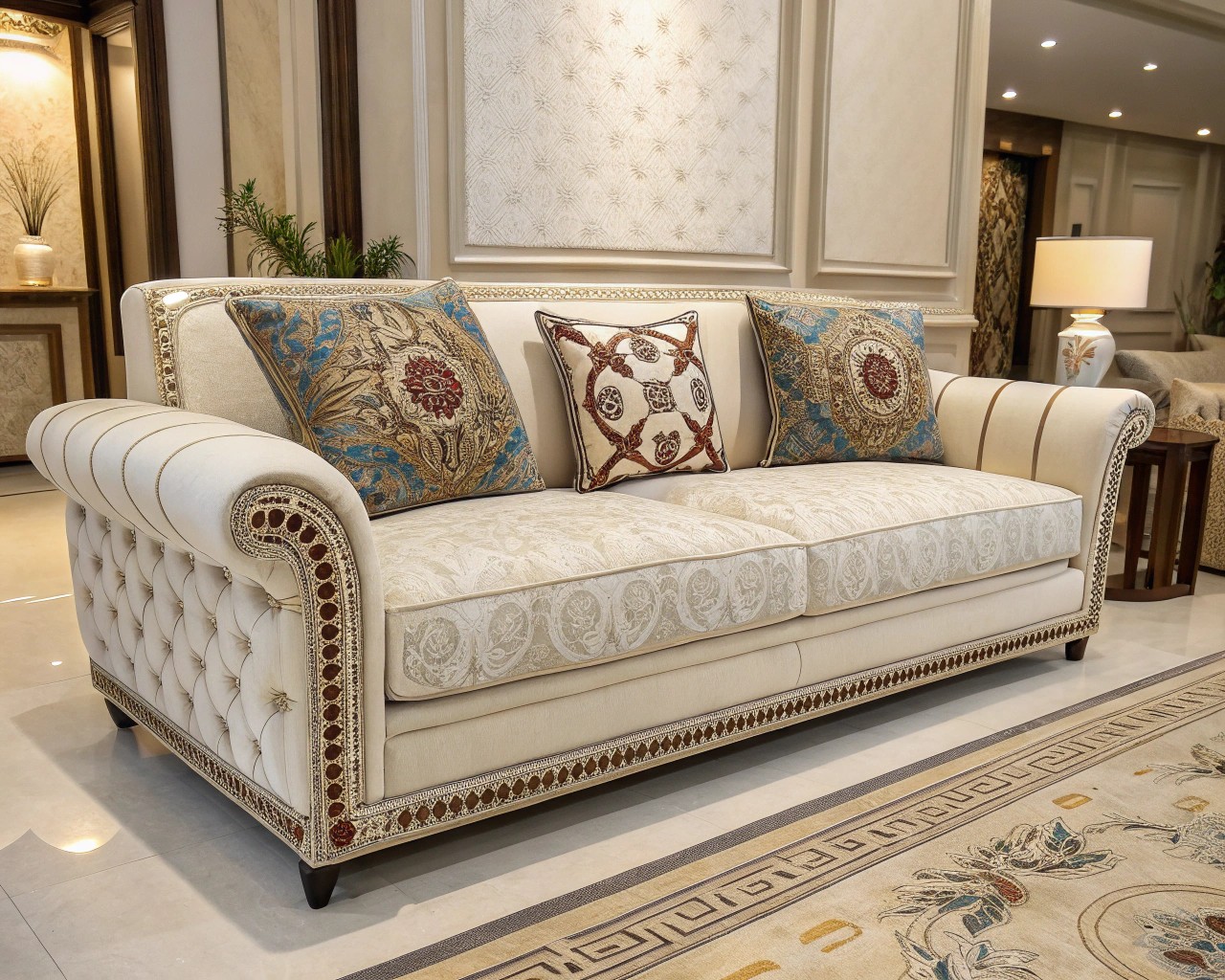
Understanding the visual principles behind successful over-the-couch decoration starts with recognizing how our eyes process spatial relationships. When you enter a room, your gaze naturally seeks focal points and visual anchors that create harmony and balance. The sofa, being one of the largest furniture pieces in most living rooms, creates a horizontal line that needs to be balanced with appropriate wall decoration above it.
The most critical measurement principle involves what designers call the “two-thirds rule” – your artwork or decorative arrangement should span approximately two-thirds the width of your sofa to create visual balance. This proportion feels natural to the human eye and prevents the common mistake of hanging pieces that appear either lost on a large wall or overwhelming in relation to the furniture below.
Equally important is the vertical relationship between your sofa and wall decoration. The general guideline calls for 6 to 10 inches of space between the top of your sofa back and the bottom of your wall decoration. This distance ensures a visual connection between the furniture and the wall treatment, preventing the “floating in space” effect that occurs when pieces are hung too high.
Height considerations become more nuanced when dealing with varying ceiling heights and sofa styles. In rooms with standard 8-foot ceilings, hanging artwork closer to the sofa (around 6 inches) can actually make the ceiling appear higher. For rooms with higher ceilings, you have more flexibility to increase this distance while maintaining proper proportional relationships.
What Works: Proven Decoration Strategies
Large-Scale Statement Pieces
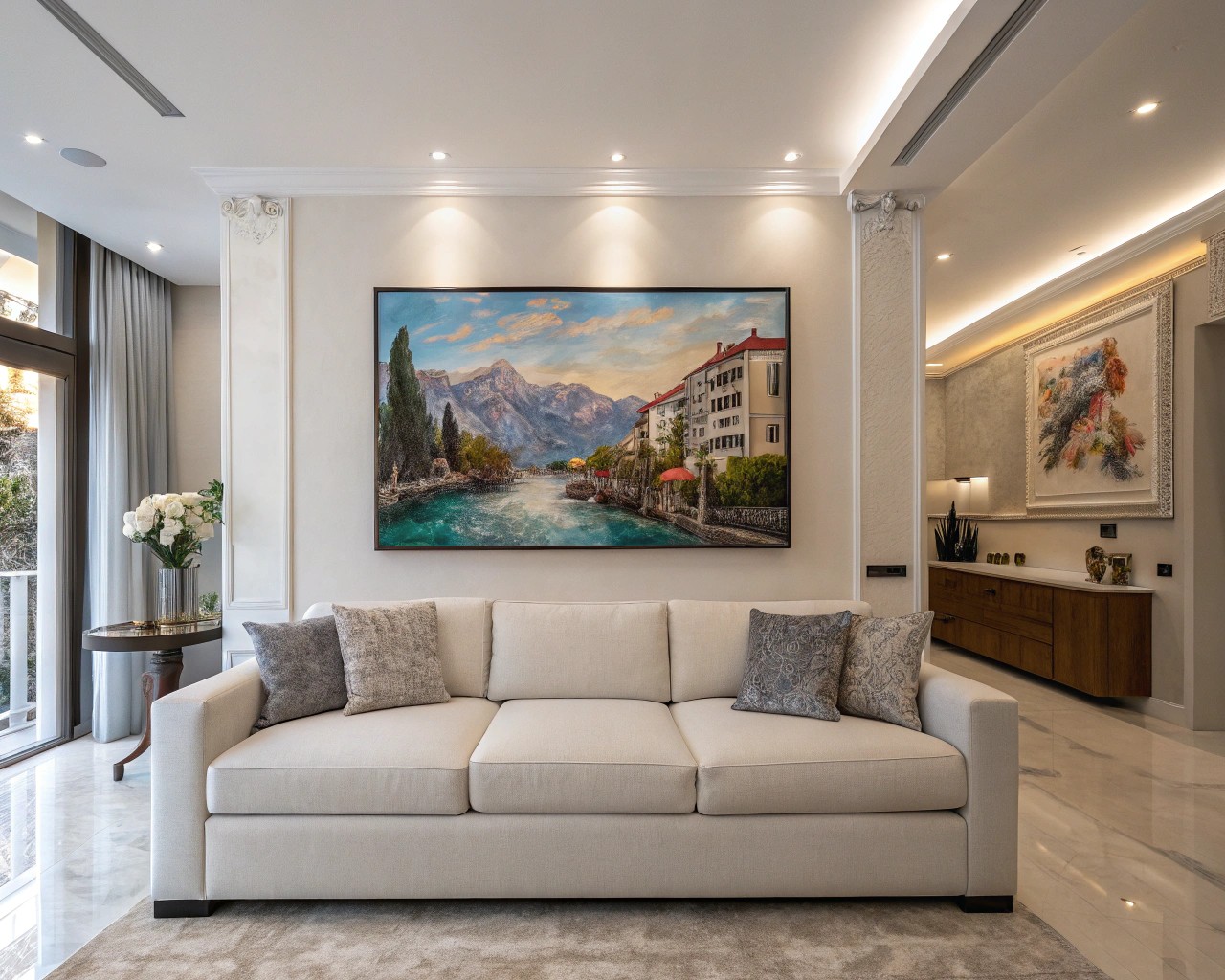
Single oversized artwork remains the most foolproof approach for decorating above a sofa. A large painting, photograph, or canvas creates an immediate focal point while simplifying the decision-making process. The key lies in selecting pieces that command attention without overwhelming the space.
When choosing large-scale art, consider these practical guidelines:
- Minimum size: Aim for pieces that are at least 40 inches wide for a standard 7-foot sofa
- Color harmony: Select artwork that incorporates colors already present in your room’s palette
- Frame consideration: Choose frames that complement existing materials in your space – oak frames with oak furniture, black frames with black accents
I’ve found that abstract pieces work particularly well for clients who frequently rearrange their spaces, as they tend to coordinate with various color schemes and furniture arrangements over time.
Strategic Mirror Placement

Mirrors above sofas serve dual purposes: they reflect light to brighten the space and create the illusion of expanded room size. Large mirrors work especially well in smaller living rooms or spaces with limited natural light.
Mirror Selection Criteria:
- Choose mirrors that are approximately two-thirds the width of your sofa
- Position the center of the mirror at eye level when seated
- Consider the reflection – ensure what’s reflected enhances rather than detracts from your space
Round mirrors add softness to rooms dominated by angular furniture, while rectangular mirrors complement the linear nature of most sofa designs. Sun-shaped or decorative mirrors work well in eclectic or bohemian-style spaces but should be used judiciously in more traditional settings.
Gallery Wall Arrangements

Gallery walls offer flexibility and personalization but require careful planning to avoid looking chaotic. The most successful gallery walls follow these principles:
Planning Your Gallery Wall:
1. Theme selection: Choose a unifying element – color scheme, subject matter, or frame style
2. Layout planning: Arrange pieces on the floor first before hanging
3. Spacing: Maintain 3-4 inches between frames for visual cohesion
4. Balance: Distribute visual weight evenly across the arrangement
Mixed media gallery walls incorporating photographs, small paintings, and three-dimensional objects can add personality, but they require more sophisticated design sense to execute successfully.
Functional Floating Shelves

Floating shelves above sofas provide both storage and display opportunities. They work particularly well for renters who prefer non-permanent solutions or homeowners who enjoy frequently changing their displays.
Shelf Styling Guidelines:
- Install shelves 8-12 inches above the sofa back
- Style with a mix of books, plants, and decorative objects
- Vary heights and textures for visual interest
- Leave some negative space to avoid cluttered appearance
Architectural Lighting Solutions
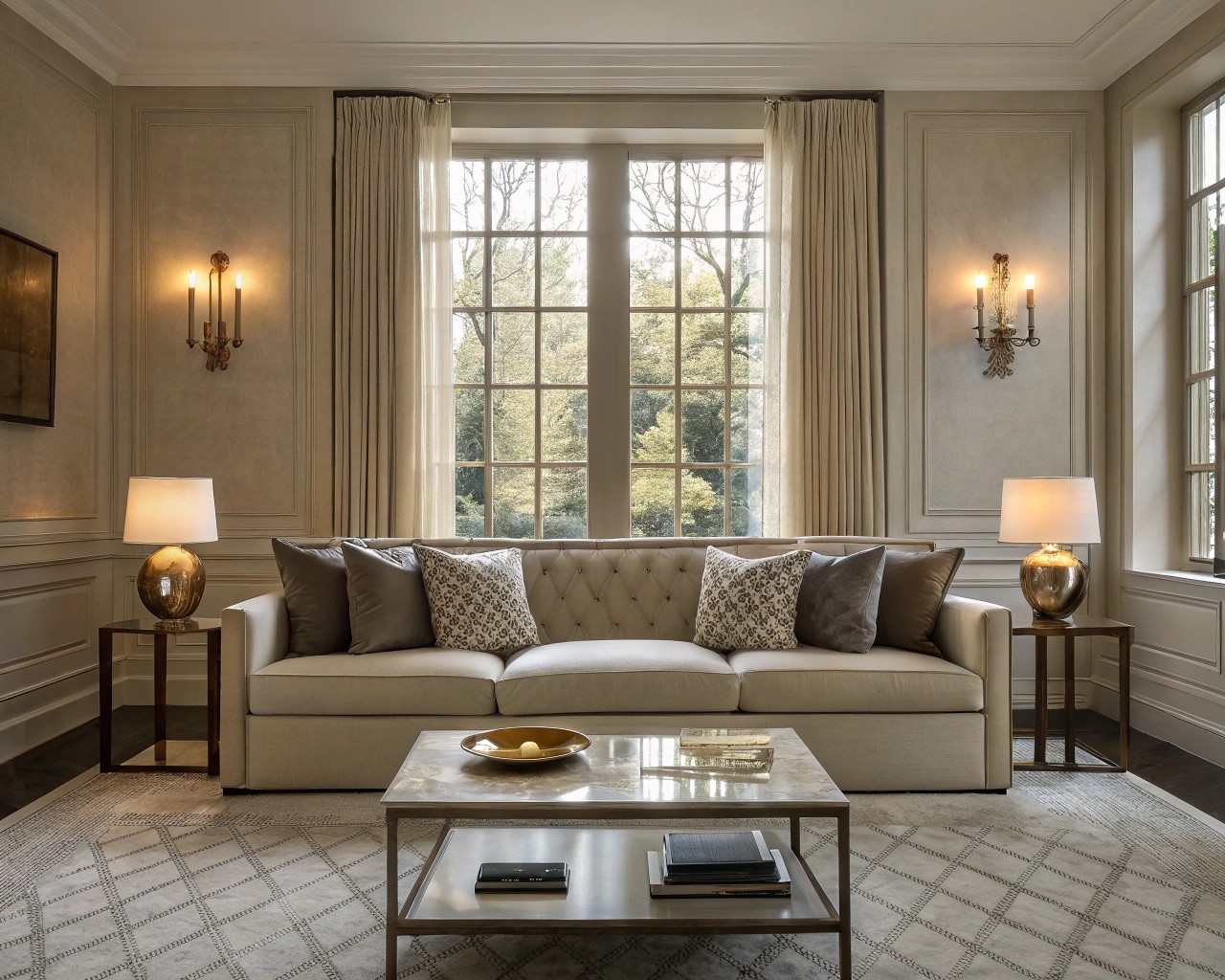
Wall sconces flanking the sofa area provide both ambient and task lighting while adding architectural interest. This approach works especially well for readers or in spaces where table lamps aren’t practical due to space constraints.
Sconce Placement Considerations:
- Install at a height that allows swing-arm models to extend above seated persons’ heads
- Choose styles that complement your room’s overall aesthetic
- Consider the type of lighting needed – task versus ambient
What to Skip: Common Decorating Pitfalls
Undersized Artwork
One of the most frequent mistakes involves hanging artwork that’s too small for the wall space. Small pieces get visually lost above large furniture and fail to create the necessary visual anchor. If you already own smaller pieces you love, consider grouping them together or incorporating them into a larger gallery wall arrangement rather than hanging them individually.
Improper Height Placement
Hanging decoration too high creates a disconnected, floating appearance that breaks the visual relationship between furniture and wall treatment. This mistake is particularly common when people default to hanging artwork at standard eye level (57-60 inches from floor) without considering the furniture below.
Height Mistakes to Avoid:
- Following the “eye level” rule blindly when furniture is present
- Hanging pieces more than 12 inches above the sofa back
- Centering artwork on the wall space rather than in relationship to the furniture
Mismatched Proportions
Artwork that’s too narrow for the sofa width creates an unbalanced appearance. Conversely, pieces that extend beyond the sofa’s edges can make the furniture appear smaller and create visual tension in the room.
Inappropriate Frame Choices
Frames that clash with the room’s existing materials and finishes can disrupt visual harmony. Heavy, ornate frames in minimalist spaces or stark modern frames in traditional settings create stylistic conflicts that detract from both the artwork and the overall room design.
Poor Gallery Wall Execution
Poorly planned gallery walls can make spaces appear chaotic and unprofessional. Common gallery wall mistakes include:
- Inconsistent spacing between pieces
- Lack of unifying theme or color scheme
- Poor balance of visual weight across the arrangement
- Frames hung at inconsistent heights
Specific Room Scenarios and Solutions
Small Living Rooms (Under 200 Square Feet)
In compact spaces, strategic decoration choices can make rooms appear larger and more sophisticated. Large mirrors work particularly well, as they reflect light and create depth illusion. Alternatively, a single piece of light-colored artwork can brighten the space without overwhelming it.
Small Room Strategies:
- Use mirrors to reflect natural light sources
- Choose artwork with lighter backgrounds
- Avoid dark, heavy frames that can make spaces feel smaller
- Consider horizontal pieces that emphasize room width
Large, Open-Concept Spaces
Expansive rooms require bold choices that can hold their own against high ceilings and wide wall spans. Oversized artwork or dramatic gallery walls work well in these settings.
Large Room Approaches:
- Scale up artwork proportionally to room size
- Consider multiple large pieces rather than many small ones
- Use bold colors or dramatic subjects that can command attention from across the room
- Don’t be afraid of substantial frames that add architectural weight
Rental Accommodations
Temporary living situations require decoration solutions that don’t damage walls or require permanent installation. Leaning large mirrors or artwork against the wall, using removable adhesive strips for lightweight pieces, or installing floating shelves with minimal hardware can provide style without security deposit concerns.
Advanced Styling Techniques
Color Coordination Strategies
Successful over-the-couch decoration often incorporates colors already present in the room’s palette while introducing one new accent color for visual interest. This approach creates cohesion while preventing the space from appearing flat or monotonous.
Texture and Material Mixing
Combining different textures – smooth photograph prints with textured canvases, metal frames with wood elements, or incorporating three-dimensional objects – adds depth and sophistication to wall arrangements. The key lies in maintaining some unifying element, whether color, style, or scale.
Seasonal Adaptability
Design arrangements that can be easily updated for seasonal changes or evolving tastes. Gallery walls with easily swappable prints, floating shelves that accommodate seasonal decorations, or neutral base pieces that work with changing accent colors provide long-term flexibility.
Installation and Maintenance Considerations
Proper Hanging Hardware
Using appropriate wall anchors and hanging systems ensures both safety and longevity of your wall decoration. Heavy mirrors and large artwork require wall studs or heavy-duty hollow wall anchors, while lighter pieces can use standard picture hanging strips or hooks.
Hardware Selection Guide:
- Lightweight pieces (under 10 lbs): Adhesive strips or small nails
- Medium weight (10-30 lbs): Wall anchors or screws into studs
- Heavy pieces (over 30 lbs): Must attach to wall studs with appropriate screws
Regular Maintenance
Wall decorations require periodic cleaning and adjustment, particularly in high-traffic areas. Dust accumulation on frames and artwork, slight settling that affects alignment, and occasional rehanging due to wall movement are normal maintenance requirements.

